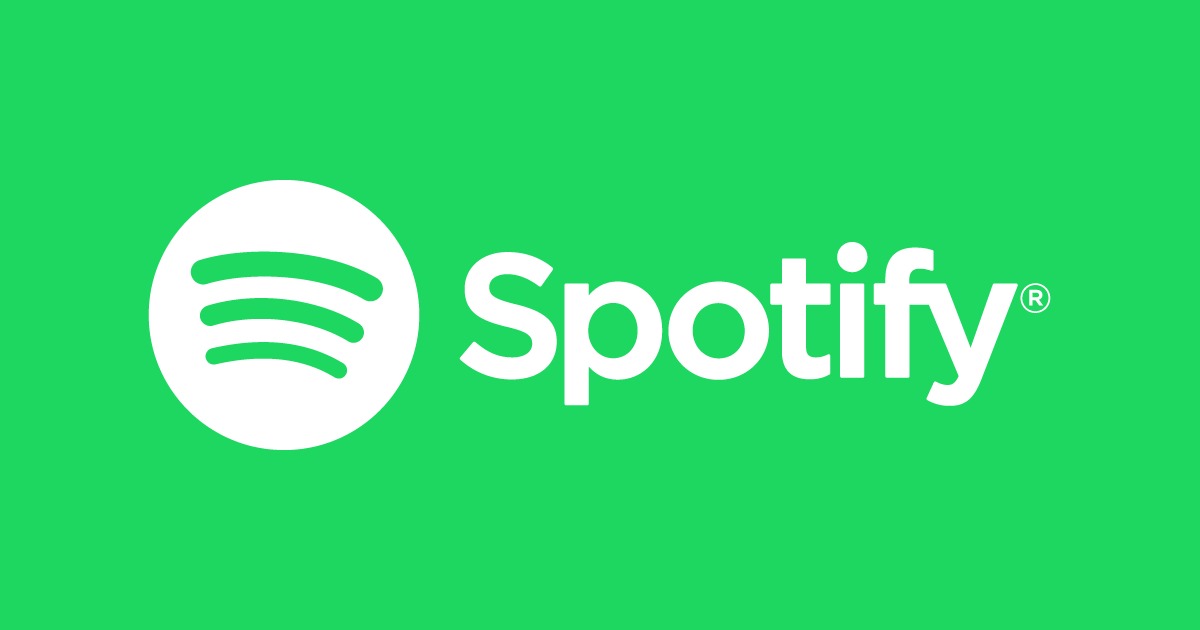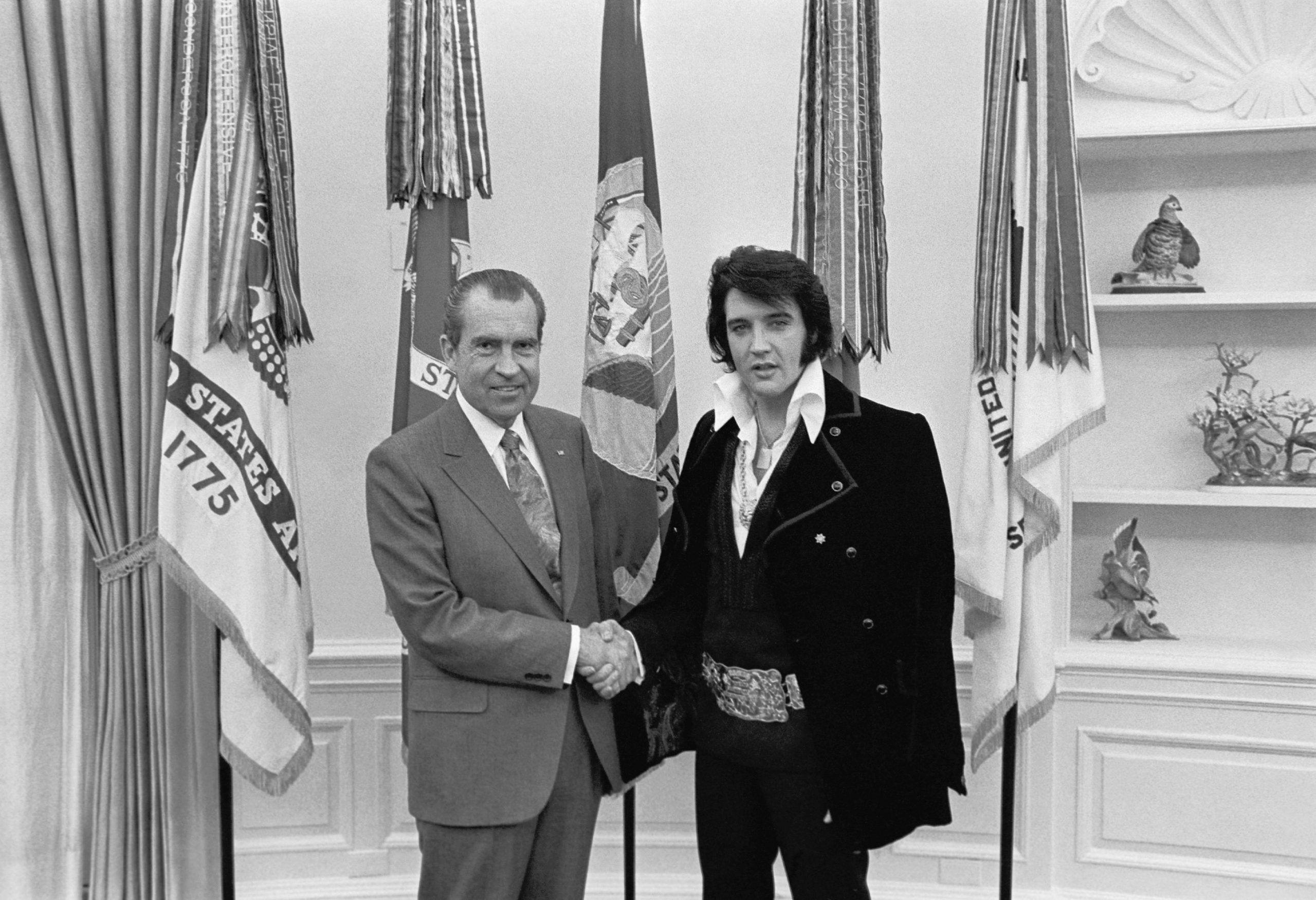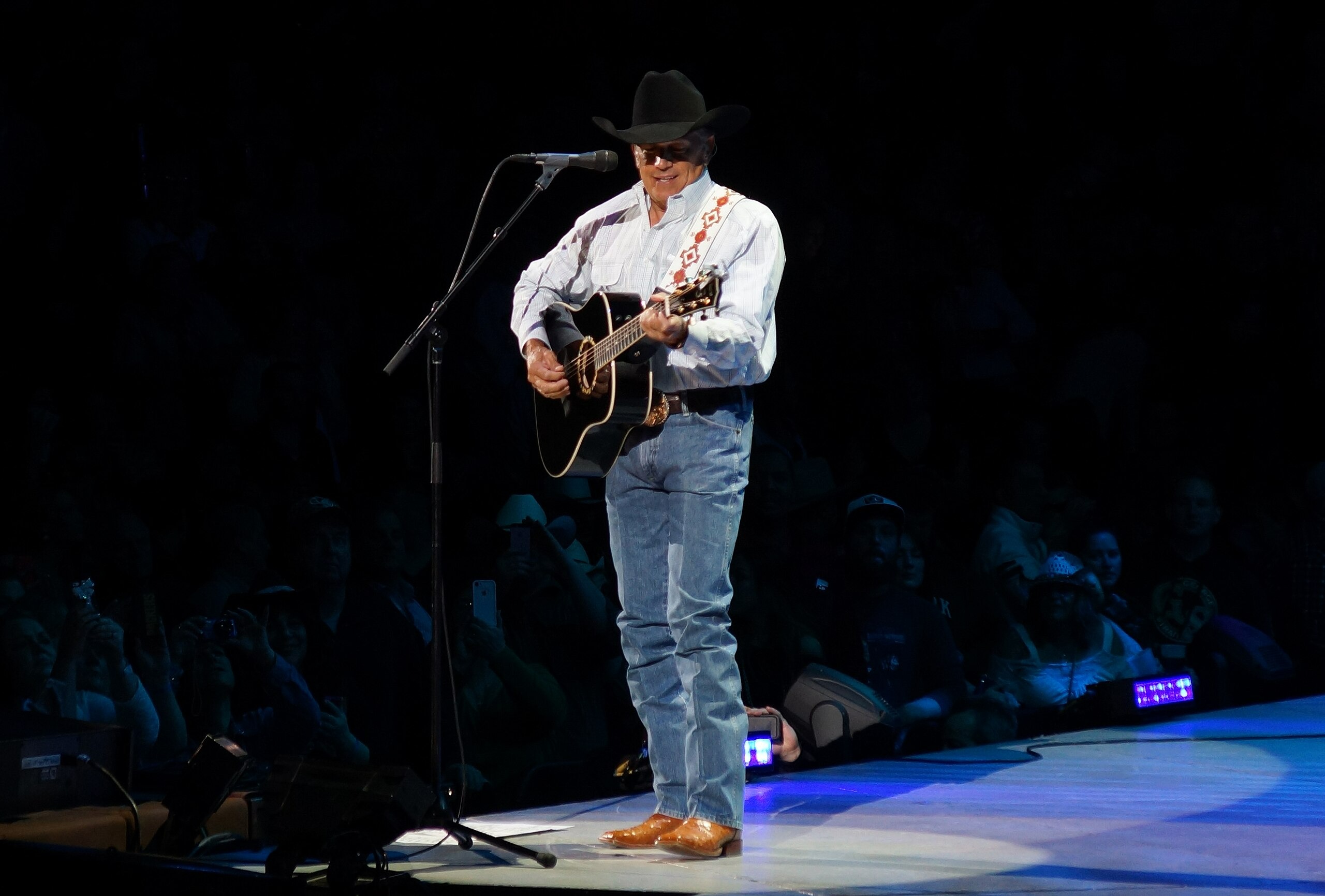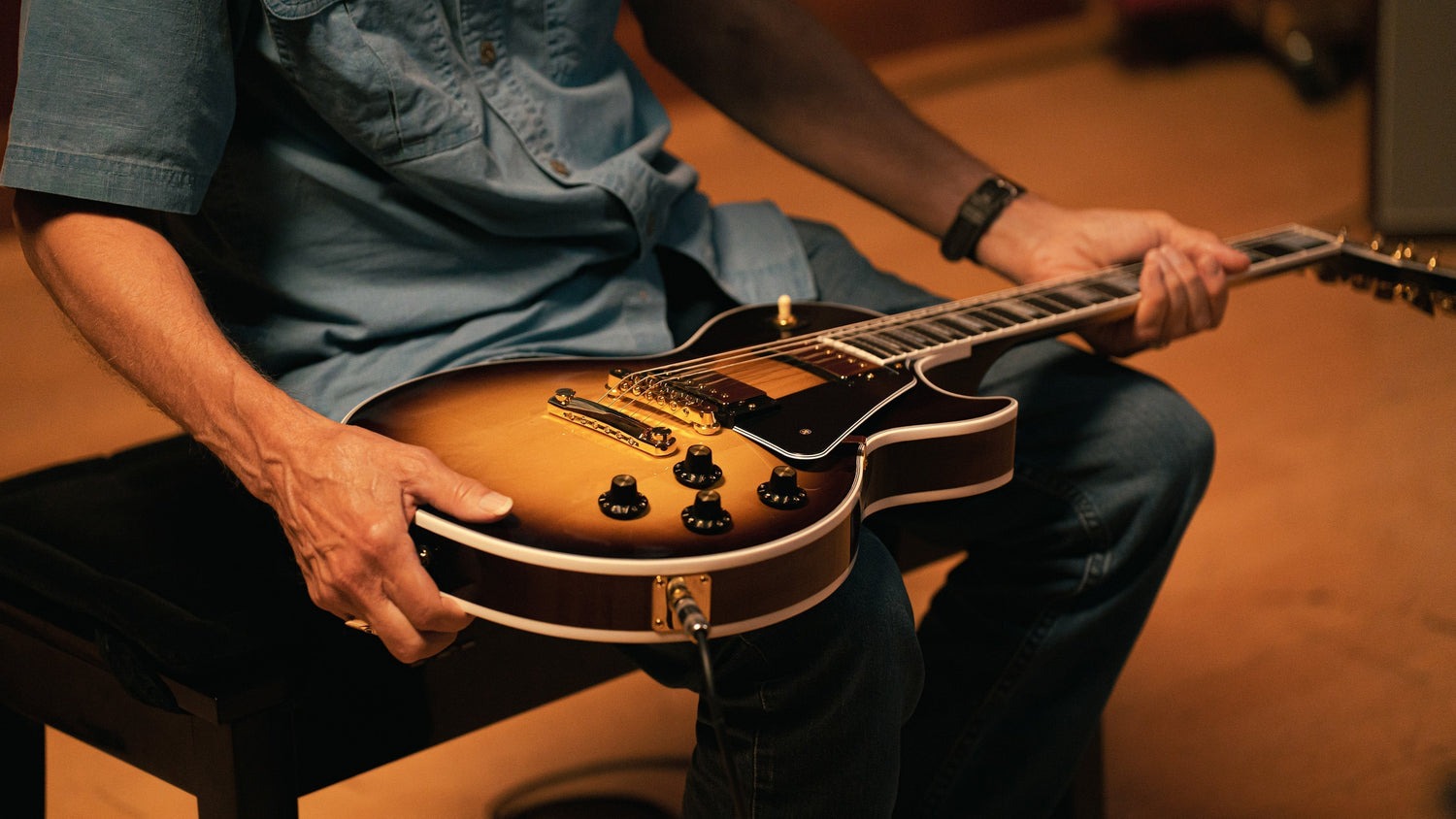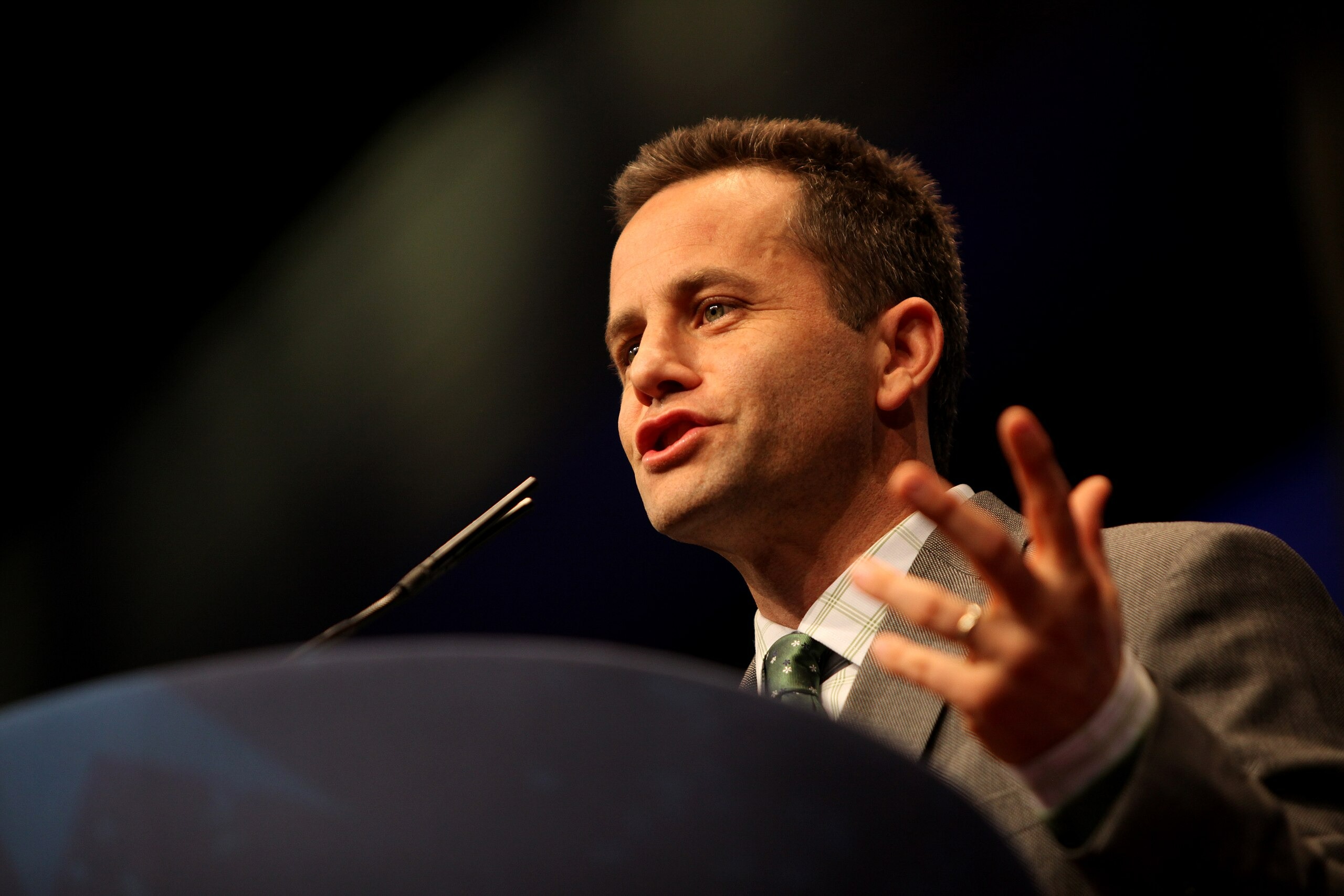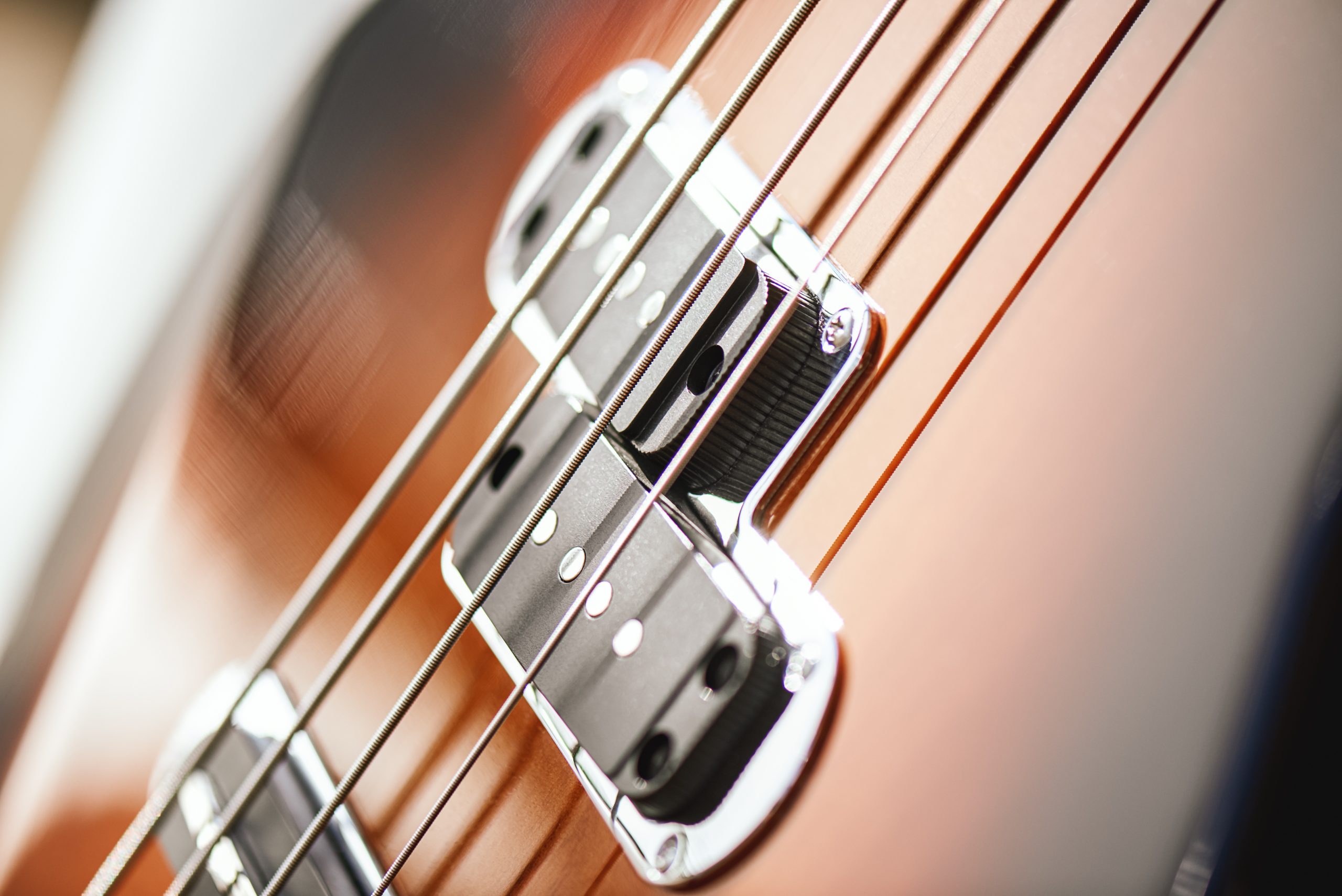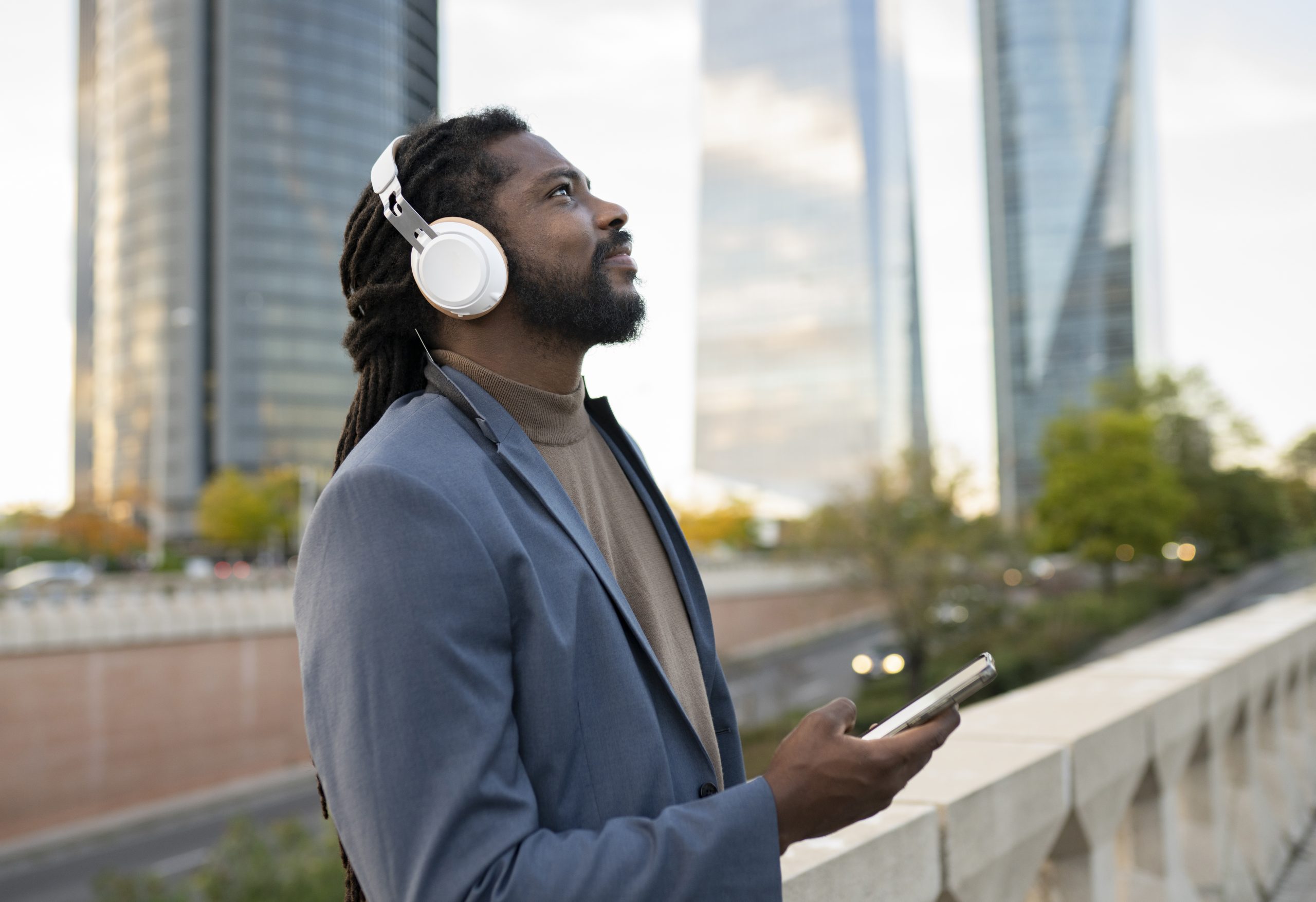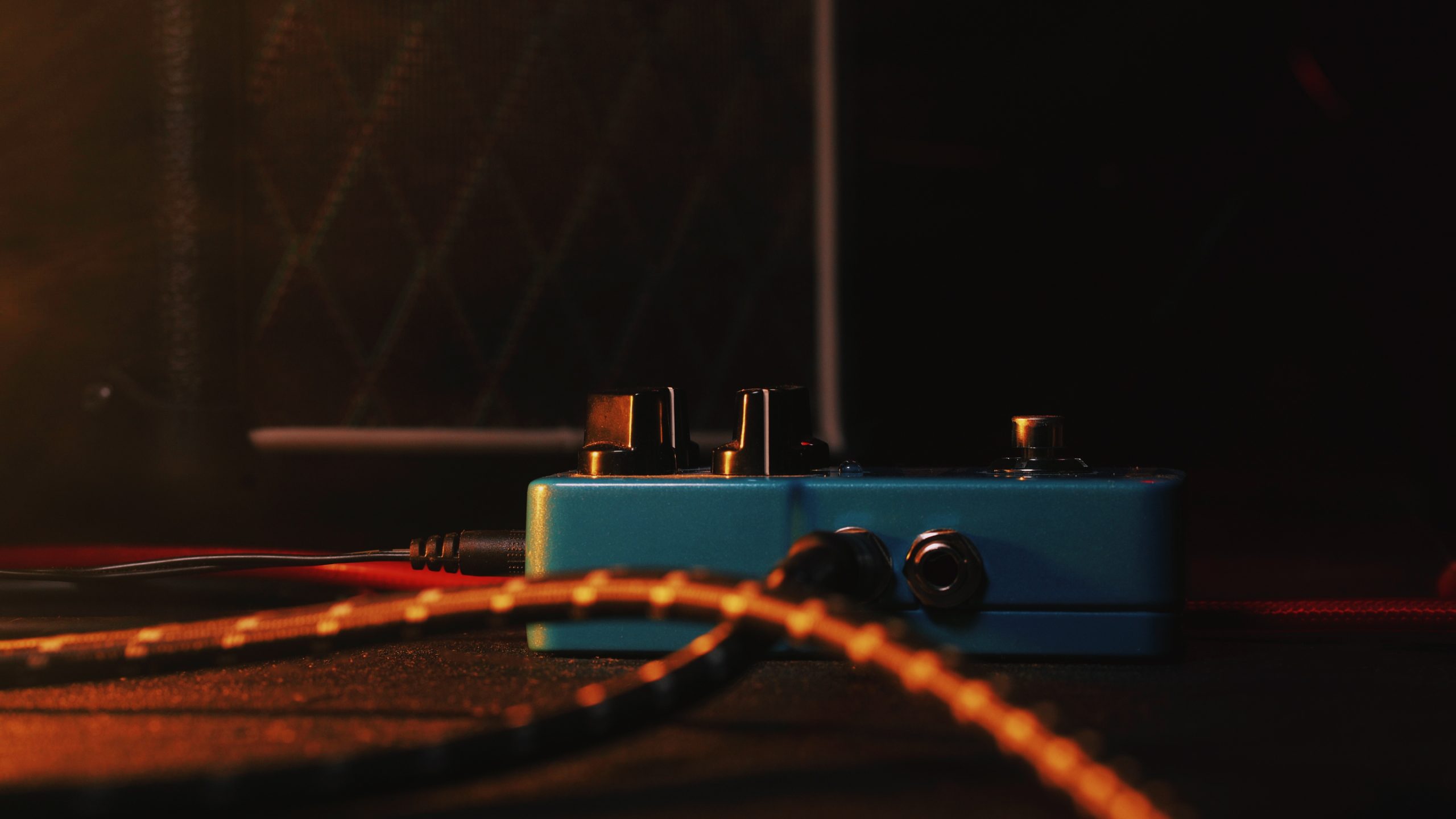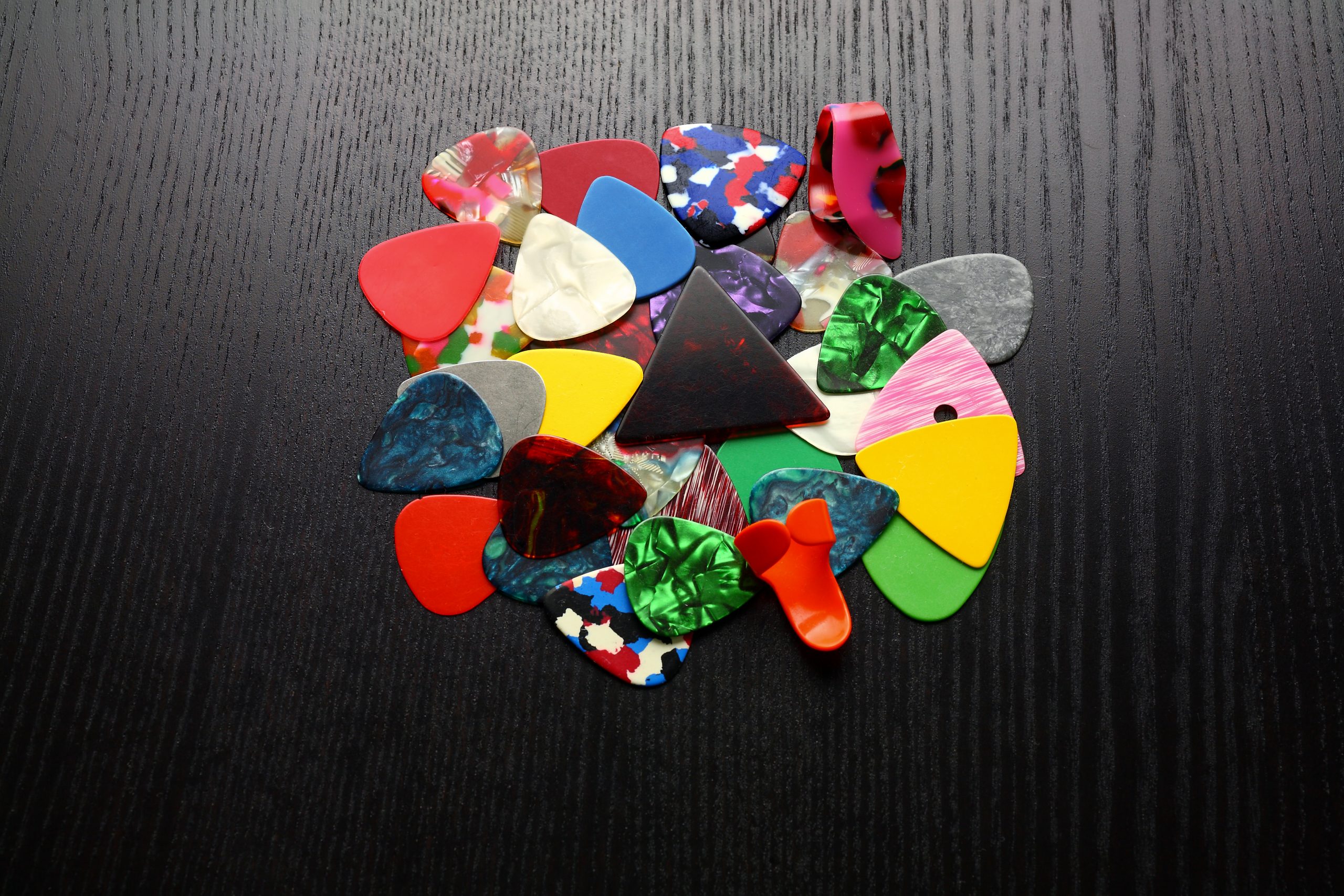Streaming’s biggest platform just solved its biggest quality complaint, but the fix comes with lower sample rates than competitors. Spotify’s has rolled out lossless audio for Premium subscribers—24-bit/44.1kHz FLAC streaming that transforms your existing subscription without price increases.
After years of watching Apple Music and Tidal serve audiophiles, Spotify’s catching up with what should have been standard issue. Your Premium account now delivers CD-quality sound, finally matching the fidelity your favorite artists intended.
What Lossless Actually Means for Your Ears
The technical upgrade translates to noticeably richer sound, especially on quality equipment.
FLAC (Free Lossless Audio Codec) at 24-bit/44.1kHz preserves every detail the original recording captured—a massive leap from Spotify’s previous 320kbps Ogg Vorbis ceiling. Think of it like watching Netflix in 4K versus standard definition: subtle instruments emerge from the mix, vocals gain texture, and bass lines hit with actual weight.
The caveat? Spotify caps at 44.1kHz while Apple Music and Tidal push up to 192kHz, plus they offer spatial audio features Spotify still lacks.
Getting Your Setup Right
Lossless streaming requires manual activation and works best with wired connections.
You’ll need to manually enable lossless in your app’s “Media Quality” settings—it’s not automatic. The feature streams over Wi-Fi, cellular, and downloads, but Spotify recommends wired headphones or Spotify Connect for optimal results since Bluetooth compresses the signal anyway.
Expect larger file sizes and longer caching times, especially on mobile. Nearly every track supports lossless, though some catalog gaps remain.
Playing Catch-Up in the Quality Wars
The four-year delay reflects Spotify’s strategic recalculation after competitors moved first.
Spotify first promised lossless in 2021, then went silent when Apple launched its version at no extra cost. “We’ve taken time to build this feature in a way that prioritizes quality, ease of use, and clarity,” explains Gustav Gyllenhammar, VP of Subscriptions. The delay shows: lossless integration feels seamless rather than tacked-on.
Still missing spatial audio puts Spotify behind the premium experience leaders, but this upgrade sets a new baseline for mainstream streaming quality expectations.


